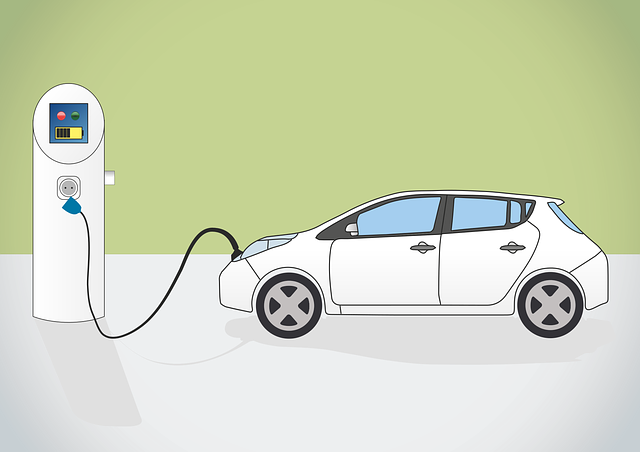As we progress further into the era of electric vehicles (EVs), the pivotal role of battery technology has never been more critical. The advancements in 2024 have marked a significant step forward in making EVs more accessible, reliable, and efficient. This article explores the latest breakthroughs in battery technology, focusing on charge times, lifespan, and capacity, which are essential factors in the widespread adoption of EVs.
Improved Charge Times
One of the most notable advancements in 2024’s EV battery technology is the reduction in charge times. Manufacturers have increasingly adopted ultra-fast charging technologies, enabling batteries to charge much faster than ever before. For instance, new lithium-ion batteries, enhanced with graphene-based additives, allow for charge rates up to 350 kW. This development means that vehicles like the Tesla Model S can now be charged to 80% in just 15 minutes, significantly down from previous times. Such improvements not only enhance convenience but also alleviate one of the major concerns of potential EV buyers: charging wait times.
Extended Battery Lifespan
Longevity in battery technology has also seen remarkable improvements. The introduction of solid-state batteries in mainstream models by companies like Toyota and BMW in 2024 has been a game-changer. These batteries utilize a solid electrolyte instead of the traditional liquid lithium-ion solution, which not only makes them safer by reducing the risk of fires but also extends their lifespan. Current estimates suggest that these new batteries can last up to 30% longer than their predecessors, with many guaranteed for over 1 million miles of use. This enhancement reduces the total cost of ownership and environmental impact, as fewer batteries need to be produced and recycled.
Increased Energy Capacity
Enhancing energy capacity while maintaining or reducing the physical size of batteries is another critical area of focus. In 2024, several EVs have debuted with batteries boasting higher energy densities. Advances in cathode and anode materials have allowed manufacturers to pack more power into the same space. For example, the use of nickel-rich cathodes and silicon-dominant anodes has led to a 20% increase in energy density compared to earlier versions. This improvement translates into longer driving ranges—some new models now offer ranges exceeding 400 miles on a single charge, pushing EVs into a new realm of practicality for long-distance travel.
Conclusion
The year 2024 has been pivotal for electric vehicle technology, with significant advancements in battery technology at the forefront. Faster charging times, longer lifespans, and greater energy capacities are not just incremental improvements; they are transformative changes that address many of the limitations previously associated with EVs. As these technologies continue to evolve and scale, the future of transportation looks increasingly electric, promising a cleaner, more sustainable mode of mobility that aligns with global environmental goals.
